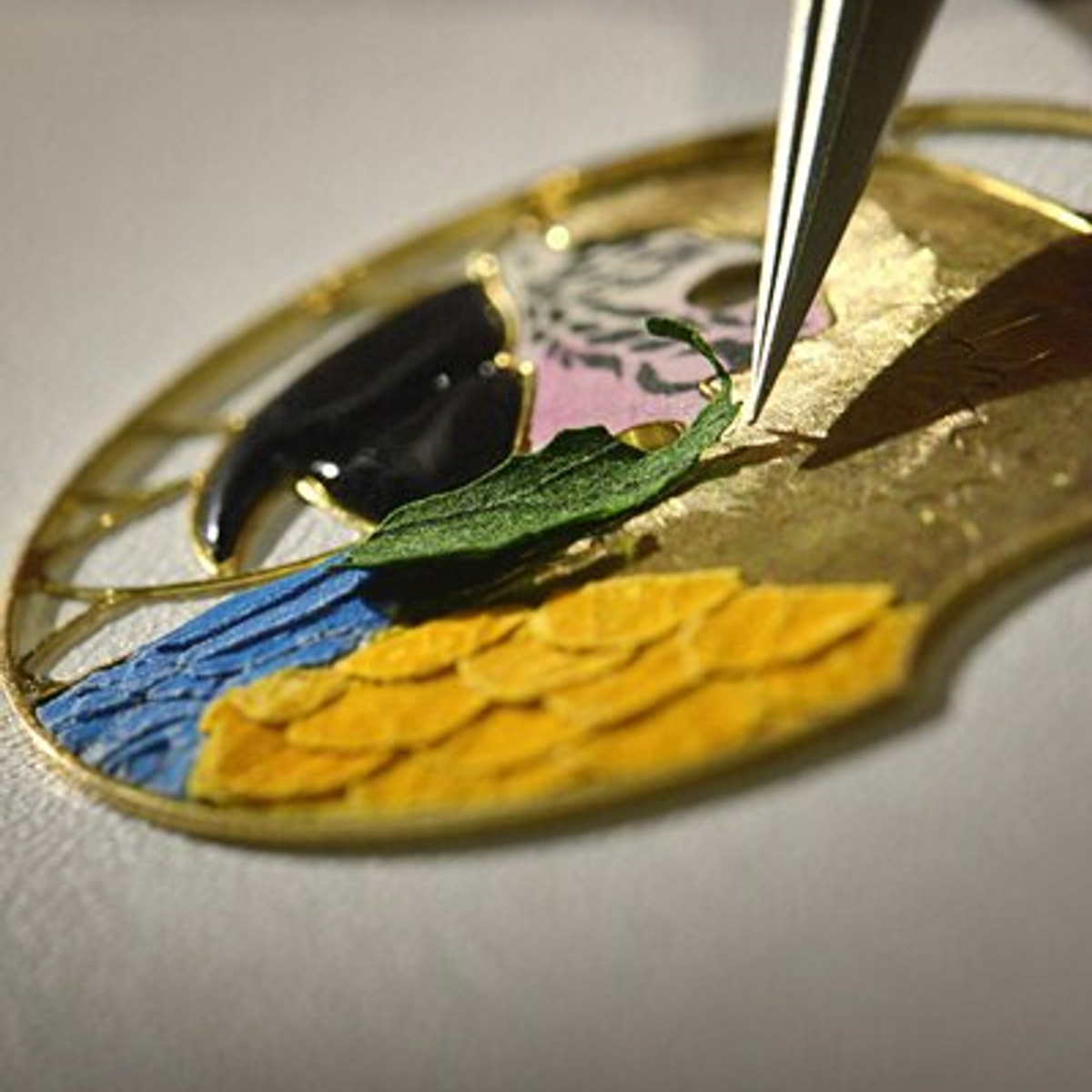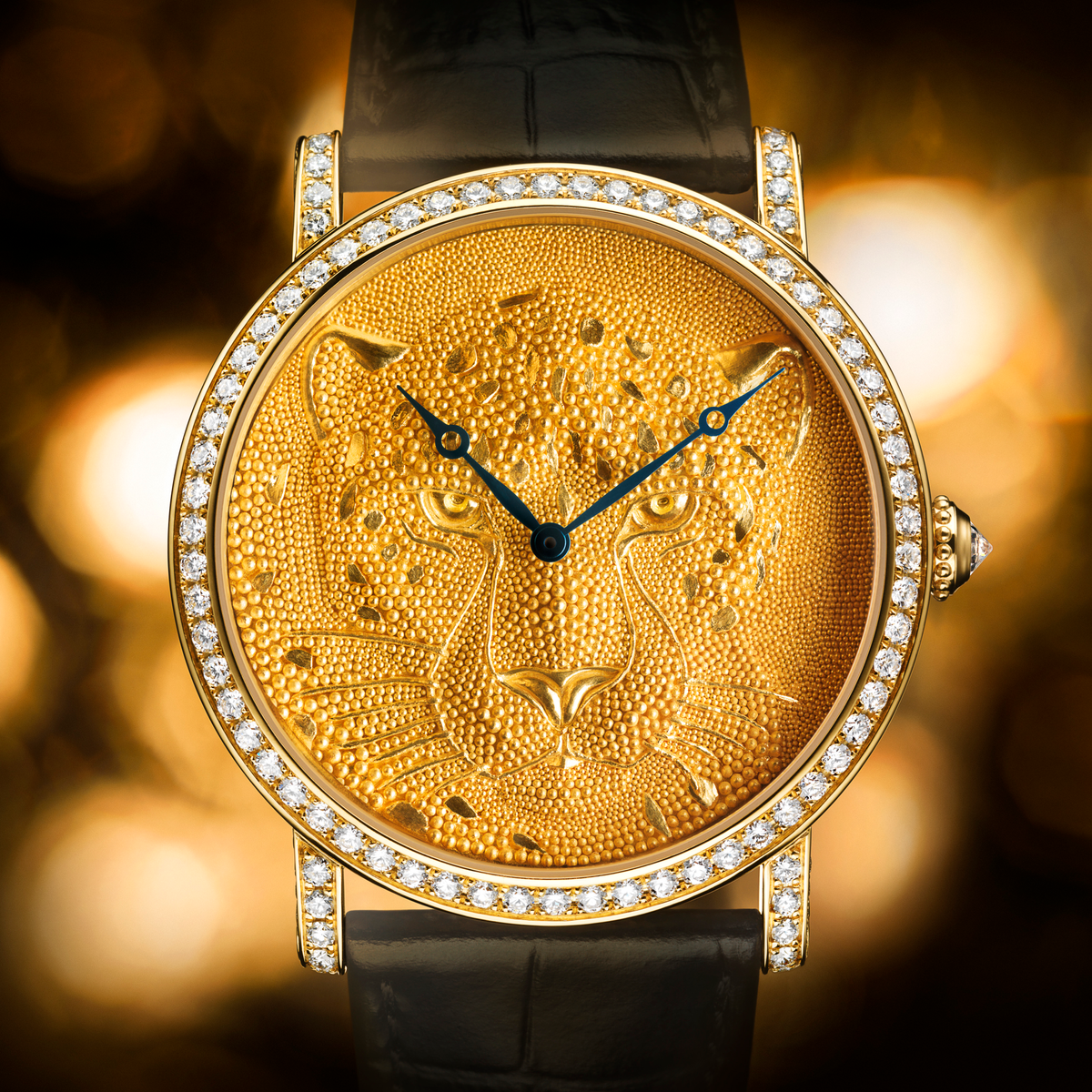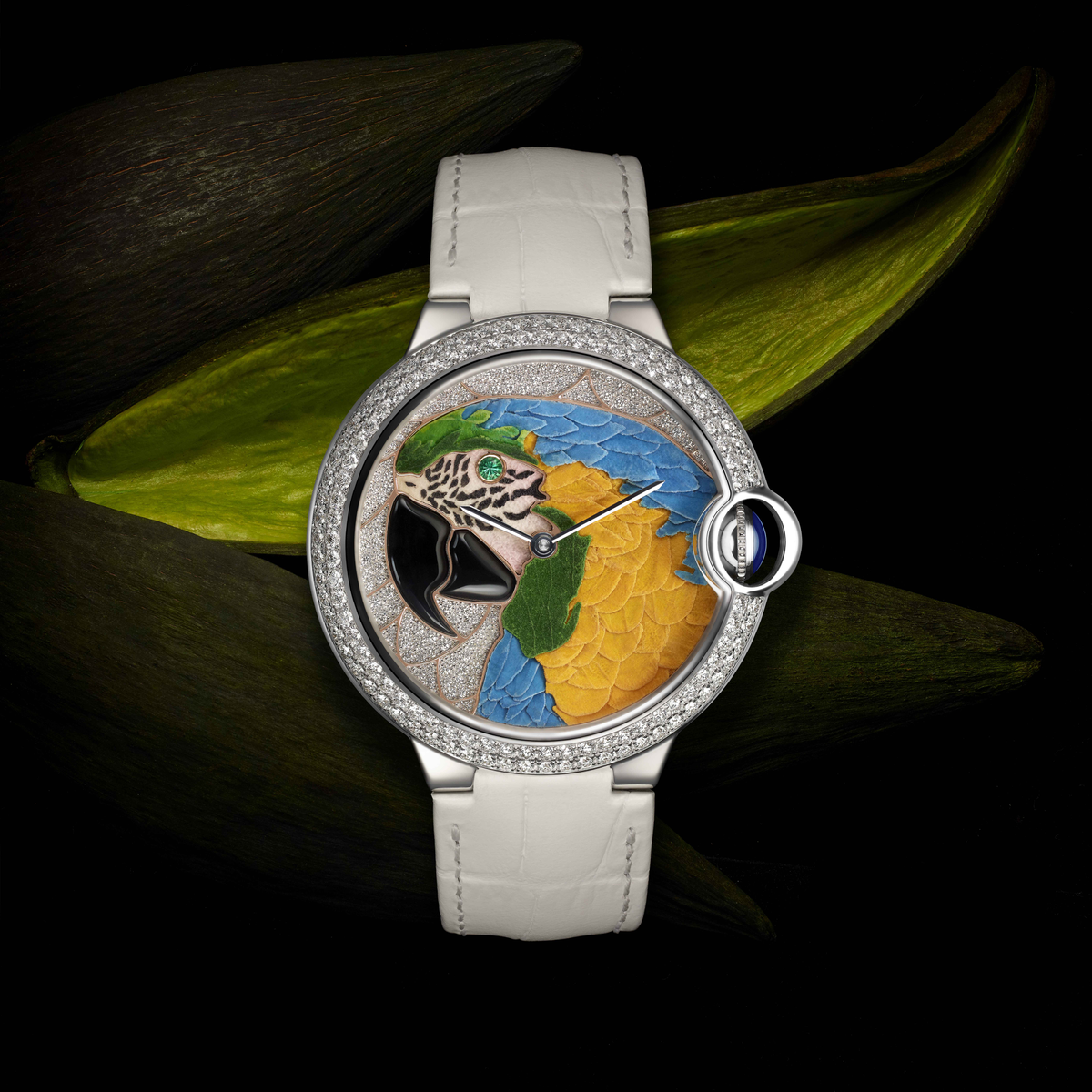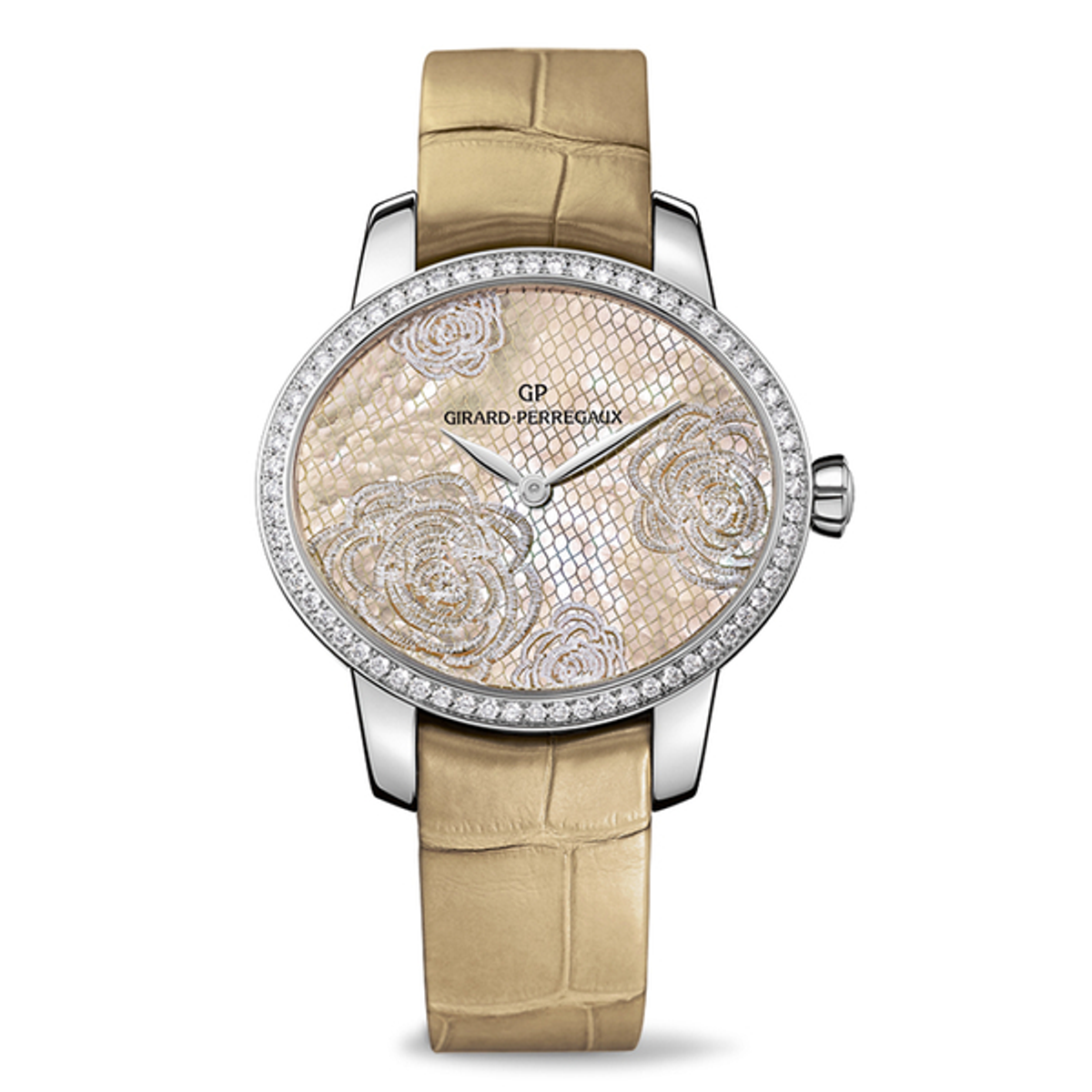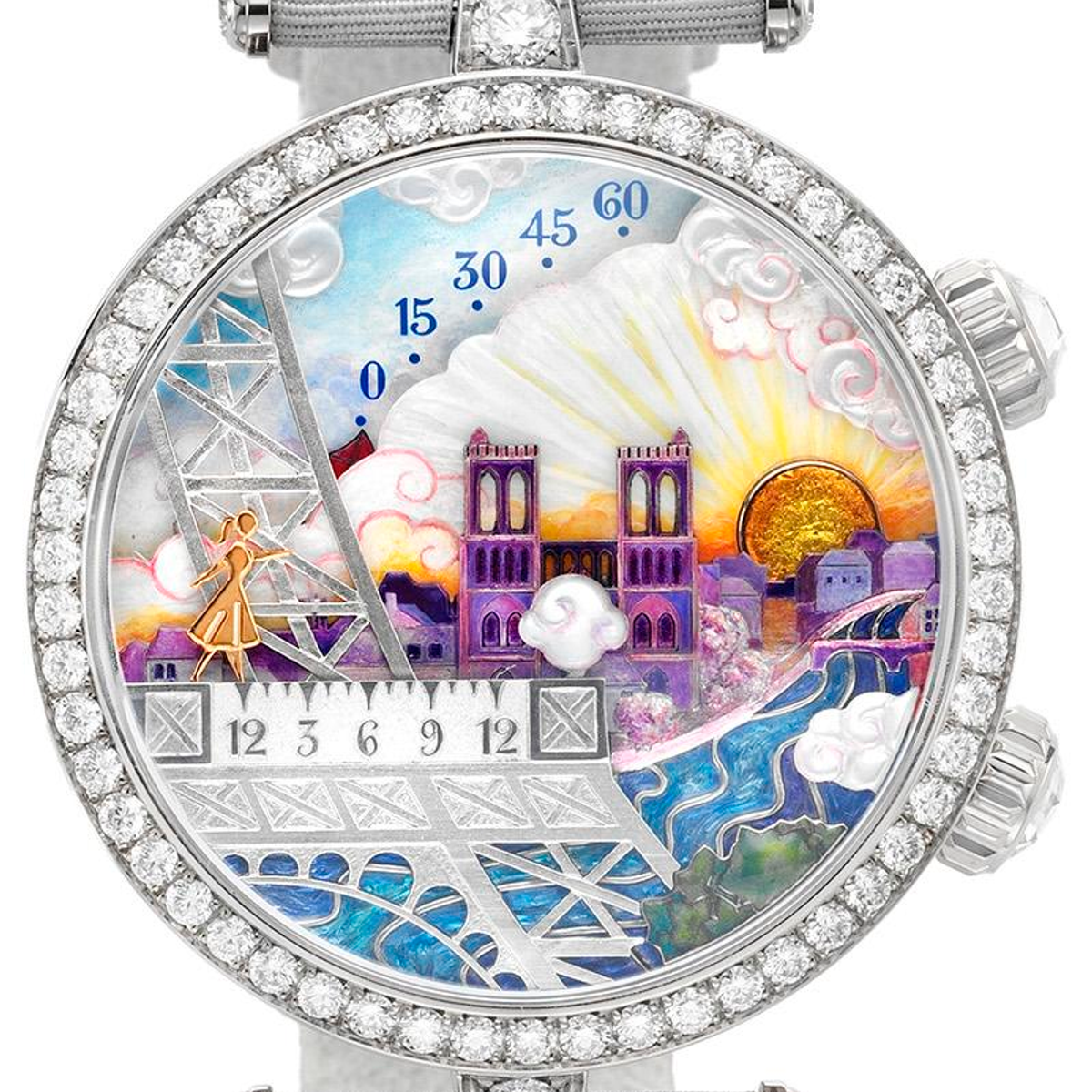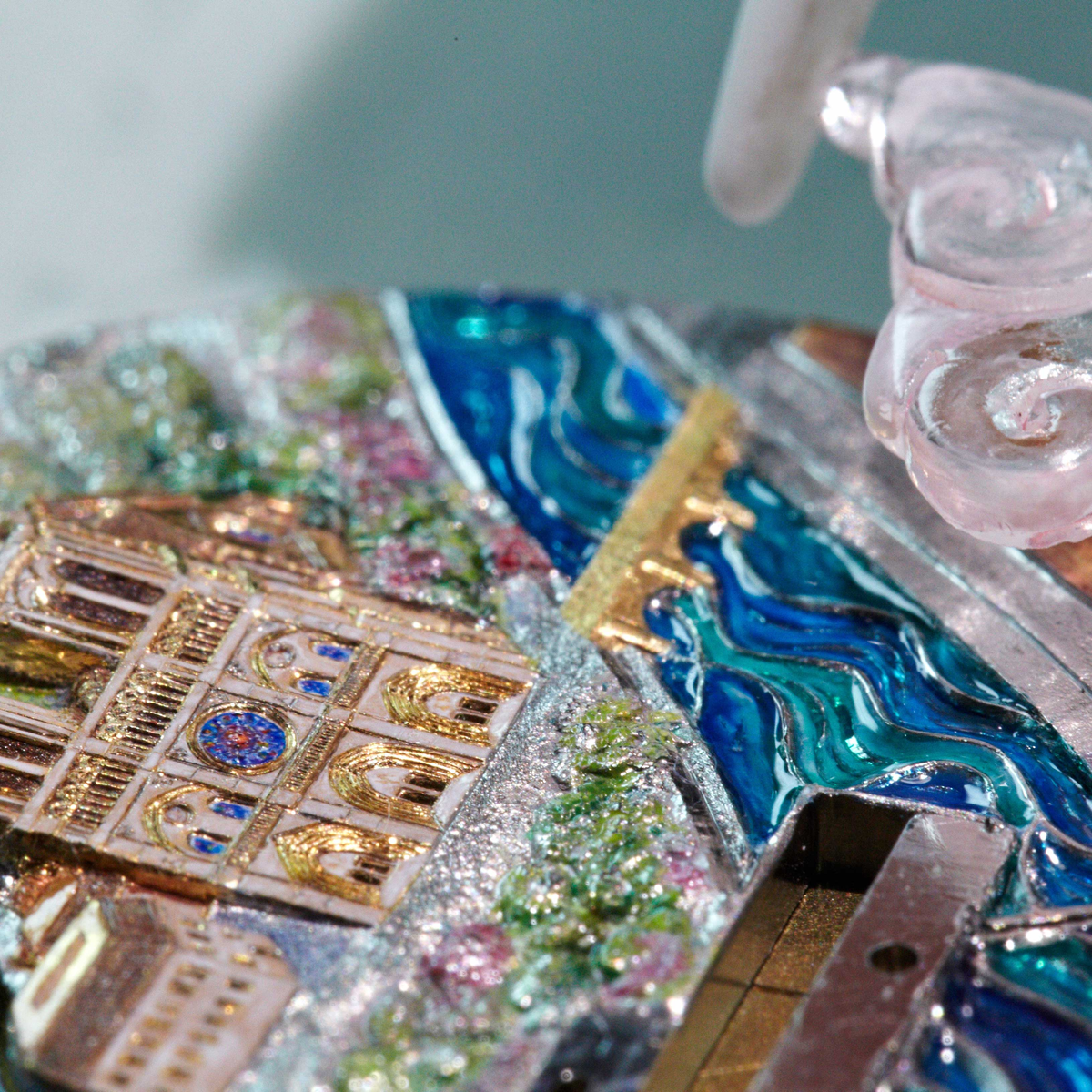In this sense, the beauty of a Fine Watch dial is the most visible expression of the movement that brings it to life. Indeed, the layout of the mechanisms, wheels and complications that form the movement dictate the dial's appearance, in particular the position of the hands, sub-dials, apertures and other indications that compose it.
The designers and craftsmen who imagine the dial therefore do so with the specifications imposed by the movement in mind.
